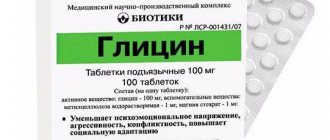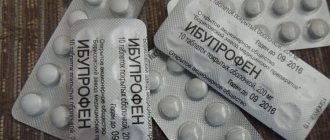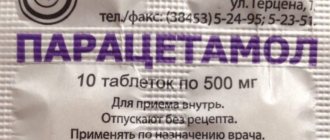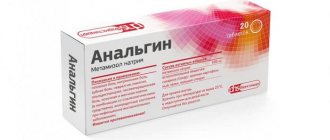After the birth of a baby, women suffer from infectious diseases no less often than other people. On the contrary, immunity weakens during this period, so tonsillitis, otitis, sinusitis, and cystitis can manifest themselves in full force. To treat these and other diseases, antibiotic therapy will be required: it is important to choose safe medications for the woman and baby. Doctors recommend the drug Amoxiclav during breastfeeding. How to use the medicine correctly to prevent the development of undesirable consequences?
Description of the drug
Amoxiclav is a broad-spectrum antibiotic used to treat many bacterial infections. It is well distributed in the respiratory tract, urinary system, middle ear, female genital organs, peritoneal fluid, and gall bladder.
Instructions for use indicate that the drug is effective in treating diseases:
- respiratory system - pneumonia, bronchitis;
- ENT pathologies - sinusitis, otitis, tonsillitis, pharyngitis;
- urinary tract infections;
- inflammation of the female genital area;
- cholecystitis;
- local lesions of the skin and subcutaneous tissue;
- osteomyelitis.
The components of the drug penetrate the histohematic barriers, with the exception of the blood-brain barrier. The antibiotic passes into human milk in small quantities. However, this fact does not mean that it is unacceptable to use Amoxiclav while breastfeeding.
Only trace concentrations (in negligible quantities) of the drug are found in human milk, which do not cause significant harm to the baby.
Rules for taking the product

Doctors most often prescribe 1 tablet (250 mg) or 250 mg/5 ml liquid suspension to nursing mothers 1 to 4 times a day. The course of treatment can last from 3 to 14 days. The duration and frequency of administration is determined by the attending physician.
If a woman takes medicine on her own (even according to the instructions), she may make a mistake. After all, the doctor makes prescriptions and determines dosages, taking into account the type of illness, the severity of inflammation and the individual characteristics of the patient’s body.
To minimize the possibility of a negative reaction in a child, it is necessary to drink the medicine immediately before feeding - this will significantly reduce the amount of amoxicillin in milk. After 4 hours, the active substance will be eliminated from the body, and the baby can be put to the breast again.
There are situations when dangerous consequences for the child and his mother are more likely if Amoxiclav is used during breastfeeding. You will have to stop using this drug if:
- the baby is prone to allergic reactions;
- the woman has increased sensitivity to Amoxicillin;
- The mother or child has liver or kidney pathologies.
Sometimes it is impossible to do without using such a remedy, and the baby suffers because of it. In this case, it is permissible to stop natural feeding during treatment. But at the same time, it is necessary to express milk so that lactation does not stop.
Release forms
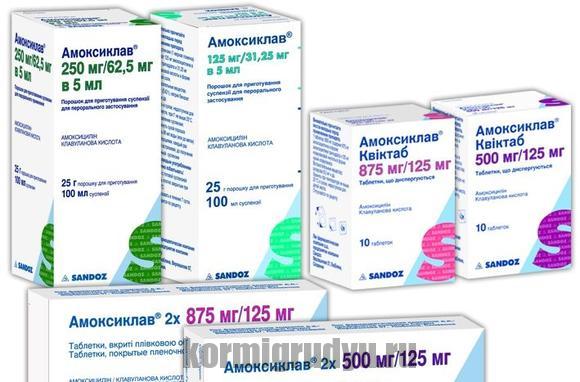
- Tablets: 250+125 mg, 500+125 mg, 875+125 mg.
- Powder for oral suspension: 125+31.25 mg, 250+62.5 mg, 400+57 mg, 600+42.9 mg.
- Vials of powder for intravenous administration: 500+100 mg, 1000+200 mg.
- Oral dispersible tablets
The first number is the amoxicillin content, and the second indicates the clavulanic acid content.
How to take Amoxiclav correctly during breastfeeding?
During breastfeeding, Amoxiclav should be used only after consultation with your doctor. The doctor must examine the patient, take the necessary tests and develop a dosage regimen.
The prescription of antibacterial drugs is indicated if the patient has fever, cough, fever, or inflammation caused by a bacterial infection.
Features of taking Amoxiclav:
- the course of therapy should last no less than 5 and no more than 14 days;
- Amoxiclav should be taken 3 times per day;
- Skipping an appointment is not allowed, this will only delay recovery and aggravate the severity of existing symptoms;
- The medication should be taken after meals, so the effect on the gastrointestinal tract will be minimal.
As a rule, a nursing mother should consume the following amount of the drug:
- if a dosage of 250 mg is chosen, the woman takes 1 tablet every 8 hours (i.e. three times a day);
- if a dose of 500 mg is recommended, you need to take 2 tablets per day (every 12 hours apart);
- the suspension is used according to the instructions for use.
A woman nursing a newborn and suffering from serious infections with high temperatures is prescribed a dosage of the drug of 825 mg, or intravenous administration of a suspension of this drug.
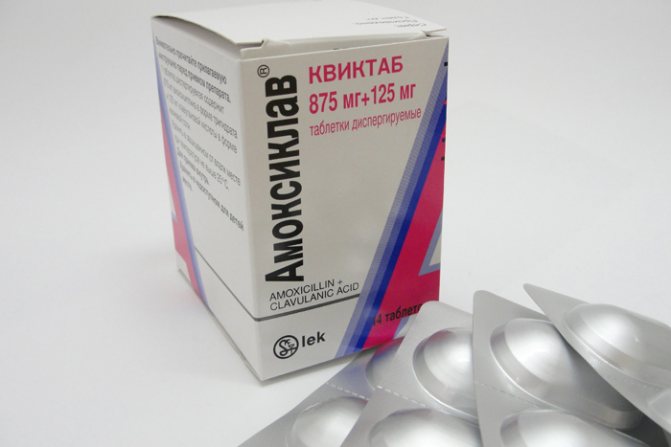
How to take Amoxiclav: method of administration and dosage
The dosage for nursing mothers is selected by the doctor depending on the form and severity of the disease. The functional state of the kidneys and liver, concomitant diseases, and the presence of an allergic background are taken into account.
For low-intensity infections, Amoxiclav 250 is prescribed, where the content of active substances is minimal. The medicine is taken 1 tablet every 8 hours. A doctor may recommend the drug “Amoxiclav 500”, then the order of administration is as follows: 1 tablet every 12 hours. If a suspension is used, then 1 tablet corresponds to 5 ml of liquid form.
Amoxiclav 250 - 1 tablet 3 times a day; Amoxiclav 500 - 1 tablet 2 times a day.
Severe infections with high fever require increased dosage of antibiotics. In this case, switch to Amoxiclav 825 or intravenous administration of the suspension. The duration of taking the medicine varies from 3 to 14 days and is determined by the doctor.
Is it possible to shorten the course of treatment or limit it to a single dose of medication? Even with a mild form of the disease, this should not be done. Independent withdrawal of the drug will lead to ineffective therapy and an increase in the recovery period.
How to reduce side effects?
There are separate instructions for nursing mothers on how to take the drug. The concentration of the active substance in plasma reaches its maximum level one hour after taking Amoxiclav.
To prevent the medicine from affecting the child, it is recommended to drink it immediately before or during feeding: then the main part of the antibiotic will have time to be eliminated from the body, and only a small amount will penetrate into the milk.
To prevent the development of intestinal dysbiosis, a woman is recommended to take one of the approved probiotics:
- Lactobacterin;
- Bifiform;
- Acipol;
- Enterol.
The baby should also be fed with Bifiform Baby or Rotabiotic Baby, which are ideal for newborns.
The maximum permissible dose per day is 6 mg based on amoxicillin.
For cystitis
There is a form of the disease known as postpartum cystitis. Bladder inflammation occurs due to:
- the bladder becomes sandwiched between the pelvic bones and the baby’s head, which leads to disruption of its blood supply;
- after childbirth, a woman is given ice on her lower abdomen, which provokes inflammation of the bladder;
- defenses decrease, the body weakens after childbirth.
Amoxiclav for cystitis is a popular drug because it is active against many microorganisms that cause infection. The medicine is prescribed as a tablet every 6-8 hours 3-4 times a day. The course of treatment is continued for 5-14 days.
For mastitis
An advanced form of the disease can result in a purulent process and abscess formation. In this case, it is difficult to avoid surgery; Amoxiclav is used to prevent complications. The dosage depends on the clinical picture.
In case of severe disease - 1 tablet 875+125 mg 2 times a day or 1 tablet 500+125 mg 3 times a day.
It significantly improves a woman’s condition, relieves inflammation, pain, and swelling. As a result, the outflow of breast milk is normalized, and “bumps” in the mammary gland disappear. It is not recommended to stop breastfeeding while taking the medicine; on the contrary, with its help recovery occurs faster. For mastitis, the baby is given both breasts alternately.
Recommendations for use during breastfeeding
- The antibiotic should be taken during or after meals to avoid irritating the mucous membranes of the stomach and intestines.
- The tablets should be taken before or during feeding the baby, so that a minimal amount of the active substance gets into the milk.
- The dosage and duration of treatment is determined only by a certified specialist.
- If you have intestinal sensitivity, taking an antibiotic should be accompanied by restorative therapy for the microflora. There are a large number of drugs approved for lactation that can be used not only by the mother, but also by the baby: “Linex”, “Acipol”, “Hilak Forte” and others.
"Amoxiclav" is produced in the form of tablets, powder for the preparation of a suspension or solution for intravenous administration. At the appointment, the doctor clarifies the cause of the woman’s illness and, taking into account age, weight, severity of the disease and other points, prescribes the form of the drug and dose.
Most often, when breastfeeding, the antibiotic is taken 1 to 4 times a day at regular intervals, and the duration of treatment is 5-14 days. The standard dosage includes taking one spoon of suspension or one tablet every 6-8 hours. In special cases, the solution is administered intravenously.
On a note. In order to prevent unwanted effects in the child, the doctor may reduce the daily amount of medication.
Skipping a dose significantly reduces the effect of the drug, which affects recovery time. In addition, harmful bacteria will have time to adapt to the antibiotic, and in the future it will be necessary to use a stronger medication.
Is it possible to take Aminoxylav while breastfeeding?

Results from an Israeli study suggest that amoxicillin/clavulanic acid and cefuroxime may be safe during lactation. Larger studies are needed to confirm these results [1].
Possible consequences for the child
Since Amoxiclav belongs to the group of antibiotics, it is important to monitor the baby’s well-being. In most cases, no reactions to the drug occur; side effects most often occur when the dosage is exceeded. However, a nursing mother should find out the possible consequences for the child:
- the appearance of thrush in the oral cavity;
- indigestion, diarrhea;
- allergic rash.
In a small, controlled, prospective study, mothers monitored their children for signs of side effects (furred tongue, difficulty feeding, changes in stool frequency and consistency, diaper rash, and skin rash). There were no statistical differences in these parameters between the infants of control mothers and the 14 mothers taking amoxicillin-clavulanate. [2]
When should you not take the drug?
Amoxiclav is not prescribed if a woman has:
- allergic reaction to penicillins and cephalosporins in the past;
- intolerance to the components of the drug;
- impaired bile secretion and liver pathology caused by taking antibiotics;
- mononucleosis: taking an antibiotic can cause a measles-like rash.
The dispersed form of the drug has additional restrictions on administration:
- phenylketonuria;
- severe form of renal failure.
The drug is used with caution in the presence of diseases of the digestive organs, liver pathology, pseudomembranous colitis.
Is it possible to feed a child during treatment?
Amoxiclav is part of the group of antibiotics allowed during breastfeeding. There is no need to switch your baby to artificial formula. It is permissible to refuse to feed the baby only in two cases:
- if the baby is intolerant of the drug;
- if the mother is prescribed large doses of antibiotics.
However, in both cases, consultation with a specialist is required to resolve the issue individually.
Effect of the drug
Amoxiclav consists of two main components:
- amoxicillin – the main active ingredient, antibiotic;
- clavulanic acid is an additional substance that helps the antibiotic reach directly dangerous microorganisms, suppressing their defense mechanisms (beta-lactamases).
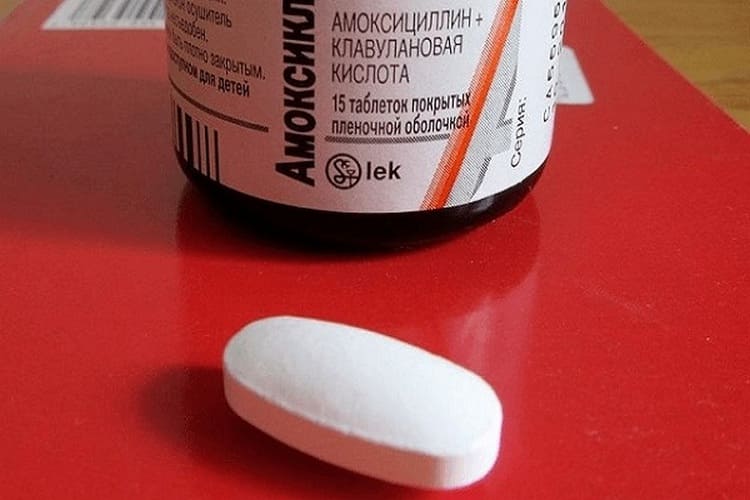
Thanks to the combination of these two substances, Amoxiclav during breastfeeding minimizes the consequences for the child, acting much more effectively and quickly than other similar drugs. The antibacterial effect is achieved within an hour after use. The main active ingredient in combination with clavulanic acid interacts well in the body tissues exposed to infection - in the blood, pulmonary and bronchial tissues, in the mucous membranes of the sinuses, etc.
Important! Despite the fact that this Amoxiclav is allowed during breastfeeding, some of it passes into breast milk and into the baby’s body. But, if you strictly adhere to the dosage prescribed by the doctor, the substance is supplied in minimal doses and does not harm the child’s body.
Amoxiclav: composition, release forms, principle of action
Before talking about the properties of a drug, it is important to know its composition. What components are the components of Amoxiclav?
- Amoxicillin. Substance category: synthetic broad-spectrum penicillin.
- Clavulanic acid. It blocks the protective functions of harmful bacteria, making it easier and faster for amoxicillin to get inside these microorganisms and deal with them.
All these components manage to pass into mother’s milk, but in the correct dosage they will not harm the baby. Therefore, it is so important to prescribe Amoxiclav during breastfeeding in a dosage that is suitable for each woman individually, then there will be no need to wean the baby from the breast, even temporarily.
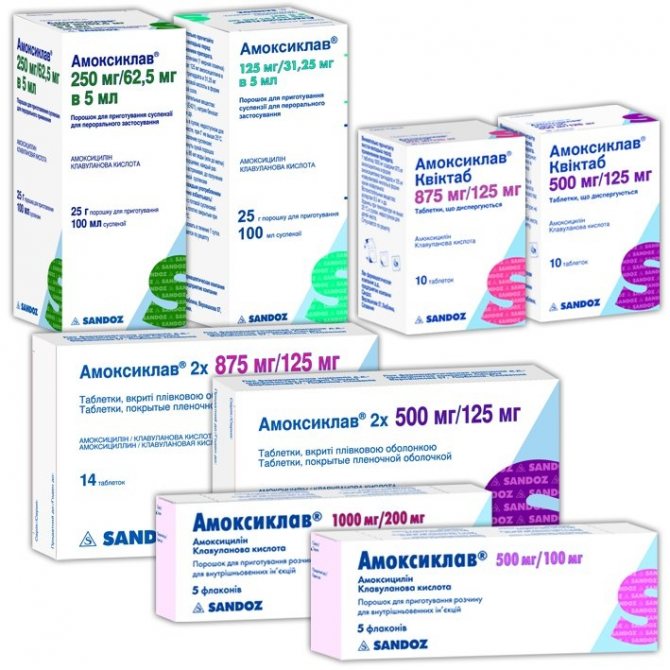
The woman should tell the therapist if she has an allergic reaction to any of the components of the medicine. Based on the situation, the doctor will select another medication.
Amoxiclav is available in various forms:
- Powder for suspension.
- Pills.
- Powder for infusion use.
The drug works successfully within an hour after use. The constituent substances enter the blood, sinuses, and bronchi.




